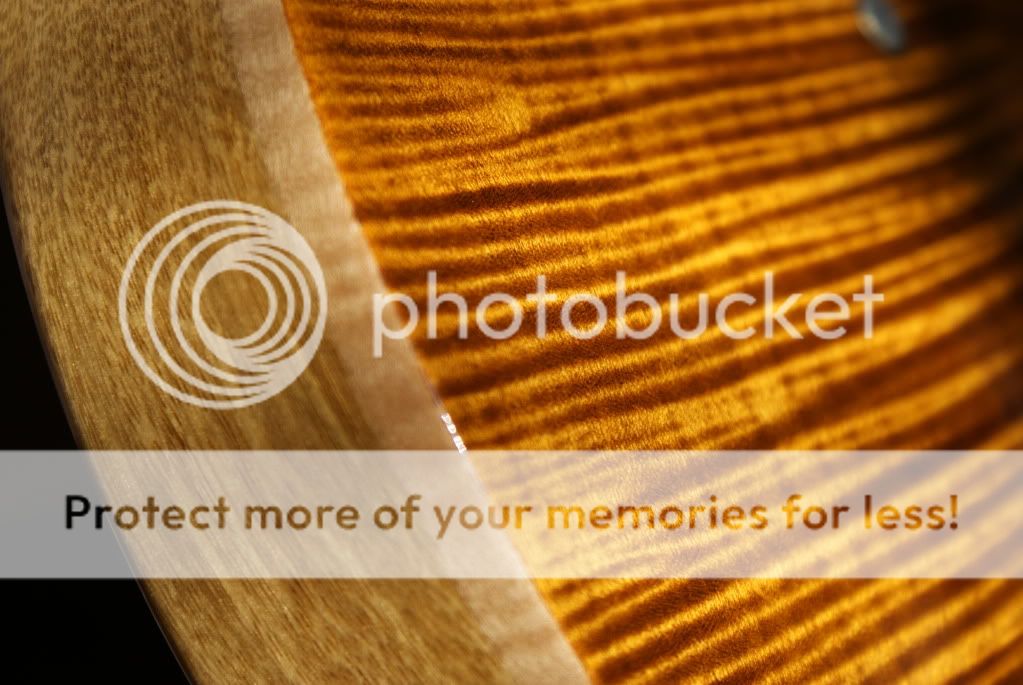Whether or not you seal Maple sorta has to do with what you're trying to accomplish. Maple often doesn't take dye evenly, so sealing it assures an even take-up. You're basically dying the sealer. But, if you're trying to bring out the grain like you would with a quilted/curly piece, then you sometimes dye it dry because you're going to sand most of it off and only leave the absorbed bits. But, those are general guidelines - I've had it both fail and work out well either way.
Also, you have to keep in mind the difference between sealing, sanding sealer, and grain fill. The latter two are rarely needed with Maple.
Think of sealing as waterproofing. Sanding sealer does the same thing, but has some fill ability for finer grains. Grain fill is for aggressive filling like you'd need for Mahogany, Ash, etc. Usually if the wood is coarse enough to require grain filling, it needs to be sealed first to prevent filler shrinkage.
The critical thing for keeping dye from bleeding under your mask is to make the wood non-absorbent, and have a good seal between the mask and the wood. Sealing ends the absorbancy issue, and the proper finish prep and masking tape/film makes for a good seal at their contact point.
Surface prep is everything for a glamour finish, so sand it first to get rid of gross defects, seal it, polish that off and seal it again. Then, mask it and dye the body. Do whatever you have to to get happy with the appearance of the dye, remove the mask, and start shooting clear until hell won't have it.
Sealer is nothing special; it's usually just a thinner version of your topcoats. A 50/50 mix can be used as a "wash coat" or sealer.



